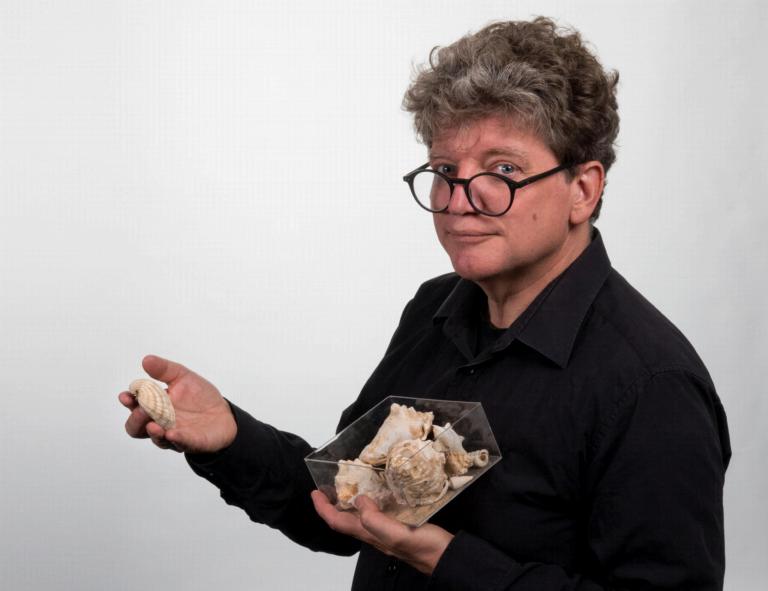
Paleontologist Frank Wesselingh has been appointed Special Professor of Conservation Paleobiology at Maastricht University. His work bridges the gap between the past and the future of biodiversity.
Changingecosystems
Past results offer no guarantee for the future. However, geoscientist Prof. Dr. Frank Wesselingh believes they can for biodiversity crises. Using (fossilized) shells, he reconstructs the evolution of ecosystems and biodiversity in the past. He is particularly interested in moments in the geological record when communities of life underwent significant changes.
Caspiancrisis
Research into changes in the geological past is highly relevant to today's situation, where shifts in nature are alarmingly rapid. Wesselingh’s work in the Caspian Sea has shown that it is drying up at an extreme rate and predicts a major biodiversity crisis within this century. “This could completely undo the evolution of the unique Caspian life forms over the past million years,” he fears.
What triggersan ecological crisis?
Insights from this type of research allow us to estimate when crises might be triggered. They also enable us to search for solutions. In this effort, contributions from diverse partners – research organizations, nature reserves, policymakers, and enthusiasts – are becoming increasingly important. This collaborative approach is a recurring theme in Wesselingh’s work.
Because of its connection to nature conservation, Wesselingh has been appointed to the Special Chair of Conservation Paleobiology at the Maastricht Science Programme, part of the Faculty of Science and Engineering. Wesselingh says, “Maastricht sits atop chalk layers that tell the story of one of the greatest extinction crises we’ve ever had: the end of the dinosaur era.” Using Maastricht University’s distinctive Problem-Based Learning approach, he hopes to contribute to training a new generation of interdisciplinary scientists and communicators who dare to apply lessons from the past to create a more sustainable future for our planet.
Old shellstell new stories
The snail pictured here is a so-called wentletrap: Epitonium similis, approximately 2.8 million years old, dredged from the Western Scheldt. It’s a Pacific immigrant species that entered the North Sea region as part of a larger invasion, which also brought us mussels and whelks. This wentletrap became extinct around 2.5 million years ago, at the onset of a series of ice ages. Wesselingh reconstructs these kinds of rises and falls and is also involved in the International Shell Counting Day, where hundreds of volunteers document beach shells.


Naturalisand universities
Frank Wesselingh’s new position is not unique: Naturalis Biodiversity Center has professors and PhD candidates at nearly all Dutch universities, supporting these institutions as a national hub for biodiversity research and education.
A glimpse atFrank Wesselingh's work

LegaSea Fossils digitized
Caspian Crisis sinking sea levels threaten biodiversity, economy and regional stability
Beach Shell Count First time in the Netherlands
On March 23, several Dutch nature organizations held a shell count on eight beaches in the Netherlands. Hundreds of people, including many families, counted a total of over 34,000 shells.


